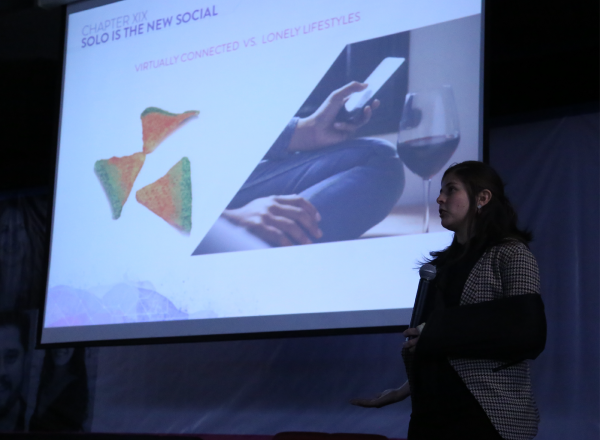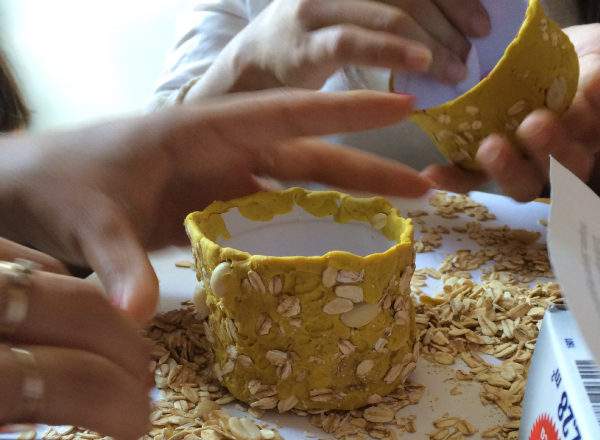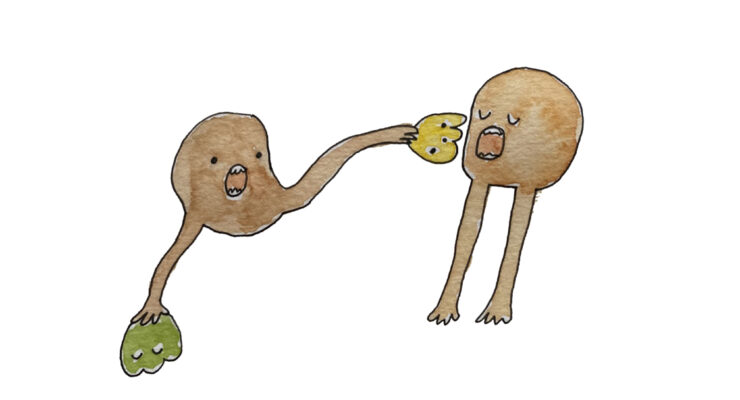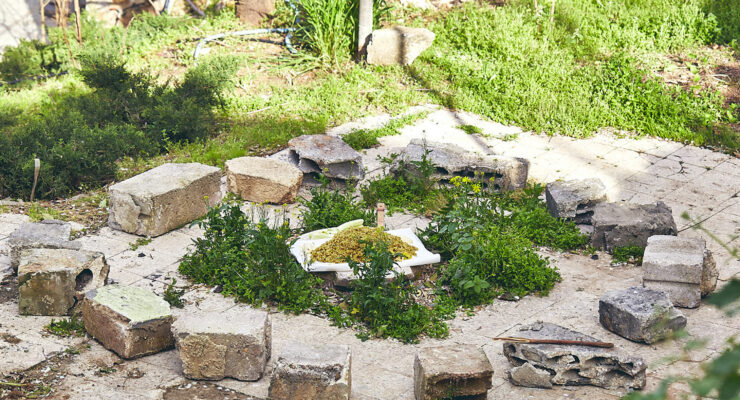“We will need to design the food habits of the present to be adaptable and suitable for the future.”
Nataly is a Colombian Industrial Designer with a master's degree in New Eating Habits at L'École de Design Nantes Atlantique. She is passionate about the relationship between humans and food and how the geopolitical and environmental stakes are evolving the way we eat. With experience in the food field, she has worked as food designer for restaurant chains, food & beverage industry, wine producers, and currently, as the creative director of Foodlosofia, a Mexican food design consulting agency. With an international scope including Colombia, Mexico, France and Australia, her work has a strong focus on human-centered design, applying new research methodologies with the objective of designing meaningful, sustainable and profitable food models.
What about food and design interest you?
Food has an impact on our lives a minimum of three times per day, is an intimate material capable of building your identity, creating a community around it, bringing memories and sharing social moments. This complex and multifaceted meaning is what interests me the most. Besides the complexity of the food chain, the industry of food has so many invisible layers that force us (the ones who work on the other side) to build an extra intimate trust based only on the product you see. Its versatility is also a gold mine for me as a designer. It’s the only field that is so versatile that can be shaped into a business model, a service, a brand, a product, a communication campaign, an event, a space, etc. You can explore your creative skills in unending territories of design when you work with food, always keeping food at the centre of the creation. Actually, this is what makes us different from other “traditional” designers, architects, graphic designers, they can work on the same type of projects related to food, without understanding the real attributes, characteristics, and requirements of the food itself. They will build a restaurant without understanding food, they will design a food brand that will inflate the product, even if the food product sucks. Understanding this relationship between food and design is selling a true story, one that builds upon food, taking into consideration all its needs, perceptions, stories, sensorial appreciation, etc. What interests me the most is that I won’t have to create a fake storytelling, it’s there – you have just to understand it.
Foodlosofia conference 2016

Food prototyping at the Food Design Thinking workshop in Monterrey

What went terribly wrong but taught you a lot?
When I first started to work with the industry I was very anxious, because even though I knew they were negatively impacting the world’s food habits, I was sure design had something to say in order to change this impact. It is always better to start changing things from the inside. Nevertheless, I noticed it was harder than I imagined it, not because of the big goals they want to achieve, but because of the bureaucracy and the super short-term goals of the decision makers. I know the big CPG brands do have positive goals that will benefit the way of eating of a large part of the population, but the middle-level implementation might erase these big-pictures, turning them into ego tasks.
I kept working with these type of clients and now, after three years of implementing innovation portfolios for different categories, I started learning how to deal with these short-terms goals. By creating incremental strategies, always with specific and “low-hanging-fruit” improvements that could represent a better business in a shorter time, but that will also build a strong base for the future and more positive innovations.
How do you see the future of food and design?
I think these two areas should emerge as problem solvers for future stakes. We need to understand design as a mediator between complex issues and approachable and adaptable habits. We will need to design the food habits of the present to be adaptable and suitable for the future, focusing on sustainability and affordable quality. Ex. How do we teach people to eat less meat on their everyday meals? how do we change the paradigm of food waste? How do we insert unknown ingredients in familiar recipes? How do we democratise quality food? How do we make nutrition trendy, but keeping it affordable? How do we limit the “celebritism” of gastronomy? These are just a few questions that could be answered in the future by the understanding of these two fields.
What are we missing in food and design?
I think we are missing a strong generation of food & design teachers. There have been strong initiatives around food design for education in different parts of the world, but I do think the pedagogical role in this area must be more exposed to academics and professionals even from other fields to create programmes, that not only stay on the theory, but also search new ways to communicate with the professional world.
—
Read more about Nataly on her:
Website: natalyrestrepo.com
Instagram: @natalyrestrepov
LinkedIn: Nataly Restrepo
Behance: natalyrestrepo








